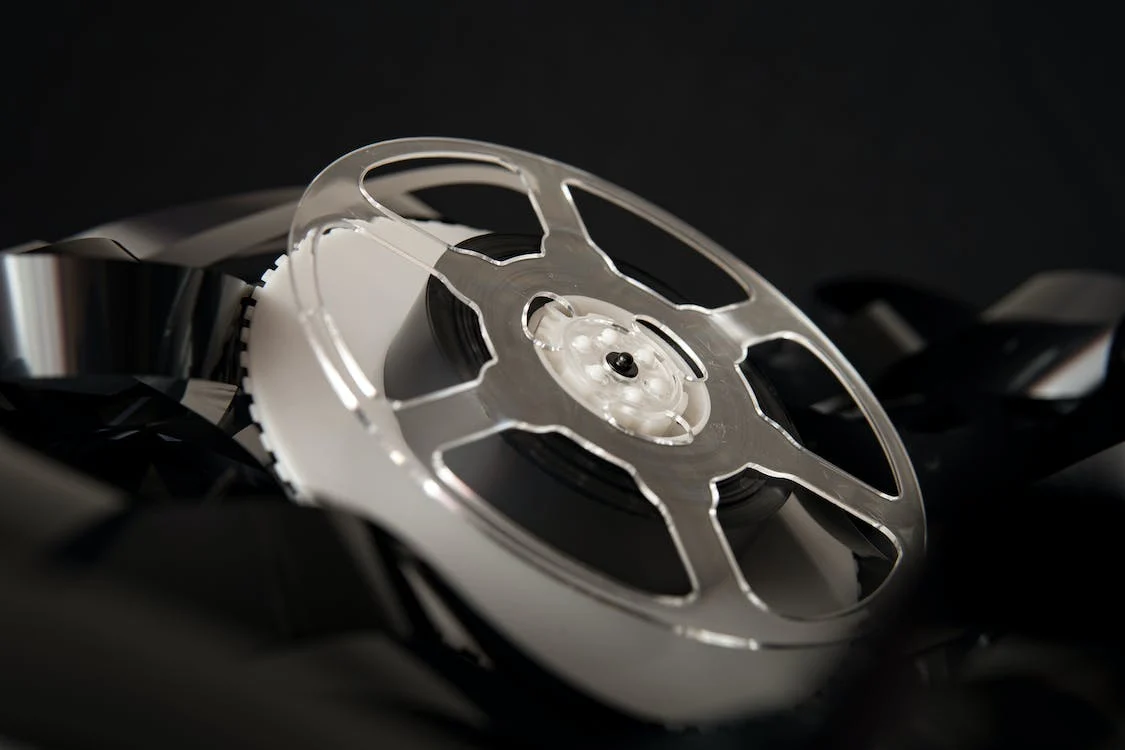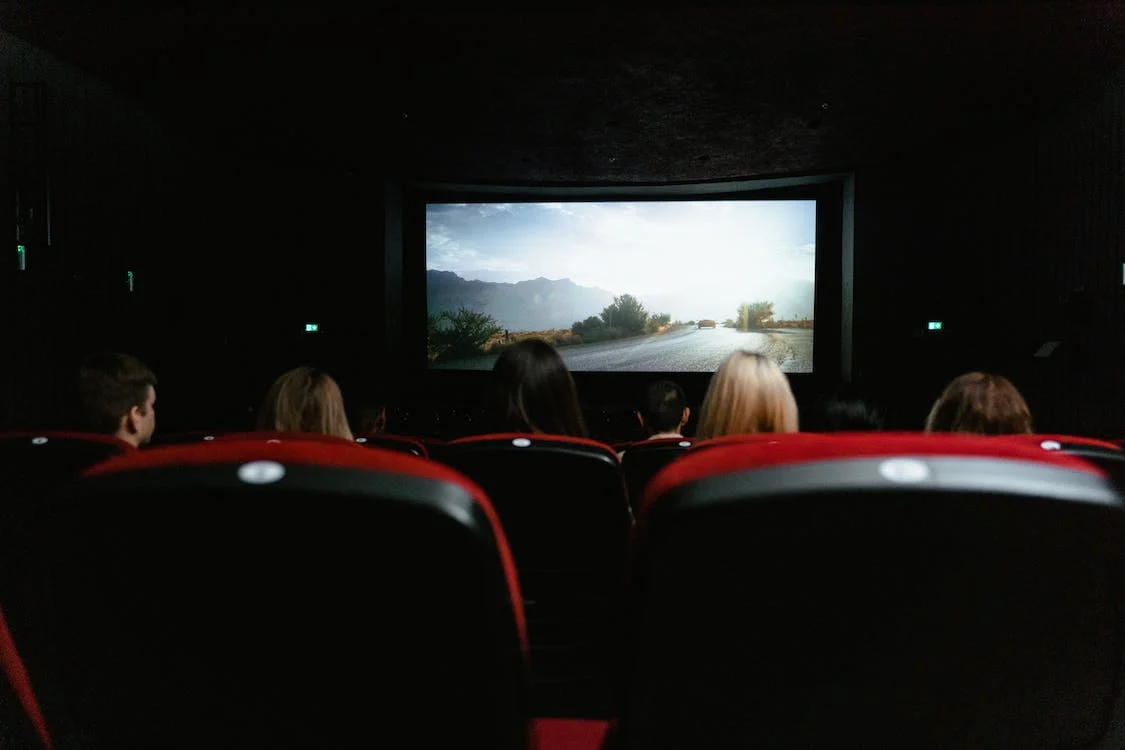There is now an official ring to the word “film preservation.” That represents progress because it shows that people now take it seriously, which was not always the case. Conversely, the fact that it has official status indicates that it has also lost its urgency, that the issue has been resolved, and that it may now be taken for granted. Nothing could be farther from the truth. The need to preserve films is never-ending. It will always be urgent. The clock is ticking for every unchecked, uncleaned, or unscanned film print or set of film elements that is not being stored under ideal circumstances. Additionally, time is running out even if a title has been converted to digital media. It never stops, just like every text and picture in a library or museum does.
Furthermore, the question “why” is occasionally raised. When there are so many more crucial and urgent things to spend money on, why even preserve films? The solution is relatively easy. The movie provides us with something priceless: a captured, analyzed, and documented version of who we are. The paintings on the cave walls of Lascaux show that we have needed to include time and motion in our depictions of ourselves from the dawn of time. And every kind of art shares this underlying quality. The riddle of who and what we are may be dealt with through the medium of cinema.

Why Preserve Film?
For more than a century, films have documented America. Amateur and professional filmmakers have utilized motion films to tell tales, document communities, explain how business and government operate, and show current events ever since Thomas Edison invented the movie camera in 1893. They depicted how generations of Americans have worked, lived, and dreamt with the immediate clarity that is exclusive to the moving picture. We are saving a century of history by conserving these movies.
Sadly, movies are not intended to last. A film that is made on perishable plastic deteriorates in years if improperly preserved. The losses are already substantial. Some American feature films from the 1910s and 1920s remain in their entirety in American archives; of American features made before 1950, only about half are still in existence. We have no way of knowing how many shorts, documentaries, and independently produced works have been lost.
The situation in Hollywood has changed. Nowadays, commercial producers make significant investments to safeguard their film assets. As television, home video, DVD, cable, and Internet exhibitions have grown, Hollywood sound pictures have expanded their markets and grown to be significant assets.
Documentaries, silent-era movies, ethnographic material, avant-garde films, newsreels, home videos, films created for ethnic groups, independent productions, and other works are still in danger. Because these films are not covered by commercial preservation schemes, we refer to them as orphan films. Orphan films have a cultural significance that goes beyond their obvious beginnings and may capture perspectives, customs, and locations seldom portrayed in the mainstream media. In archives, libraries, museums, colleges, and historical societies, they frequently endure as unique copies. These groups are the first line of defense in the fight to protect American films produced outside of Hollywood.
By preserving the original films and making copies available to the public, preservationists combat the degeneration of moving images. Three basic phases are involved in this:
- producing fresh, more durable film material with an old film,
- preserving the old film and the new master in a cool, dry place,
- granting access to the general public via copies of movies, DVDs, and substitute videos.
Film Preservation in the Digital Age
With the convenience of instant movie access in the digital era, it might be simple to overlook the significance of film preservation in today’s fast-paced world. For future generations to appreciate and benefit from the works of the past, however, the preservation of our cinematic history is essential. Various tasks, including restoration, archiving, digitalization, and conservation, are included in the field of film preservation. This explores the importance of film preservation, the difficulties it encounters, and the methods employed to keep our treasured films safe for many years to come.
The Process of Film Preservation
Film preservation is the practice of preserving and guarding films to maintain their accessibility and endurance. It involves many actions intended to stop the physical and digital deterioration, loss, or destruction of films. Cinema preservation enables both ongoing appreciation of old movies and the study and analysis of cinema history and technique. We run the danger of losing priceless cultural relics that have influenced our shared imagination if we do not preserve films.
Challenges in Film Preservation
The degradation of actual film material is one of the main obstacles to cinema preservation. The materials used to make conventional film reels, cellulose nitrate, or cellulose acetate, are both prone to degrade over time. The quality of the picture and sound on the film may decline as a result of chemical reactions, poor storage conditions, and normal wear and tear. To guarantee that the films stay intact and readable, cinema preservationists use methods including film cleaning, repair, and restoration. The change from analog to digital forms presents another difficulty. The film business has adopted digital filming and distribution more and more as technology develops. While digital formats are flexible and convenient, they also pose new preservation issues. Technology changes might cause digital data to become faulty or out of date. Therefore, it is essential to create plans for the long-term storage of digital films, such as consistent backups and conversion to new formats.
Archiving and Cataloging Films
To preserve films, it is also necessary to archive and classify them for future use. Films that have been archived are methodically arranged, making it simpler to find and access certain titles. It entails compiling thorough records of each movie, along with details about its creation, release, and historical setting. Researchers, academics, and filmmakers may examine the enormous library of films and learn about many facets of the history of filmmaking by cataloging them.
Digitization in Film Preservation
Digitization has emerged in recent years as a crucial component of film preservation. Analog film is being converted into digital forms, which not only helps to preserve the original content but also makes it simpler to access and share. A larger audience can see movies thanks to digital preservation, which also makes it possible to make high-quality copies of them for educational uses. However, to preserve the authenticity and integrity of the original film, the digitalization procedure must be properly carried out.
Extending Film Preservation to Contemporary Films
Not simply old movies or ones with historical significance are preserved. It encompasses modern movies that are a part of our cultural legacy as well. Recent movies should be preserved so that they may be studied and enjoyed in the future, helping us to comprehend modern culture and filmmaking trends.
Conclusion
To protect our film legacy, film preservation is essential. The protection, accessibility, and availability of old and new films for future generations to enjoy and learn from is ensured by this. Film preservationists encounter several difficult obstacles, ranging from the physical degradation of the film material to the complexity of digital preservation. However, we can make sure that the enchantment of the silver screen continues to enthrall viewers for years to come thanks to the committed work of preservation groups, filmmakers, and movie fans.



